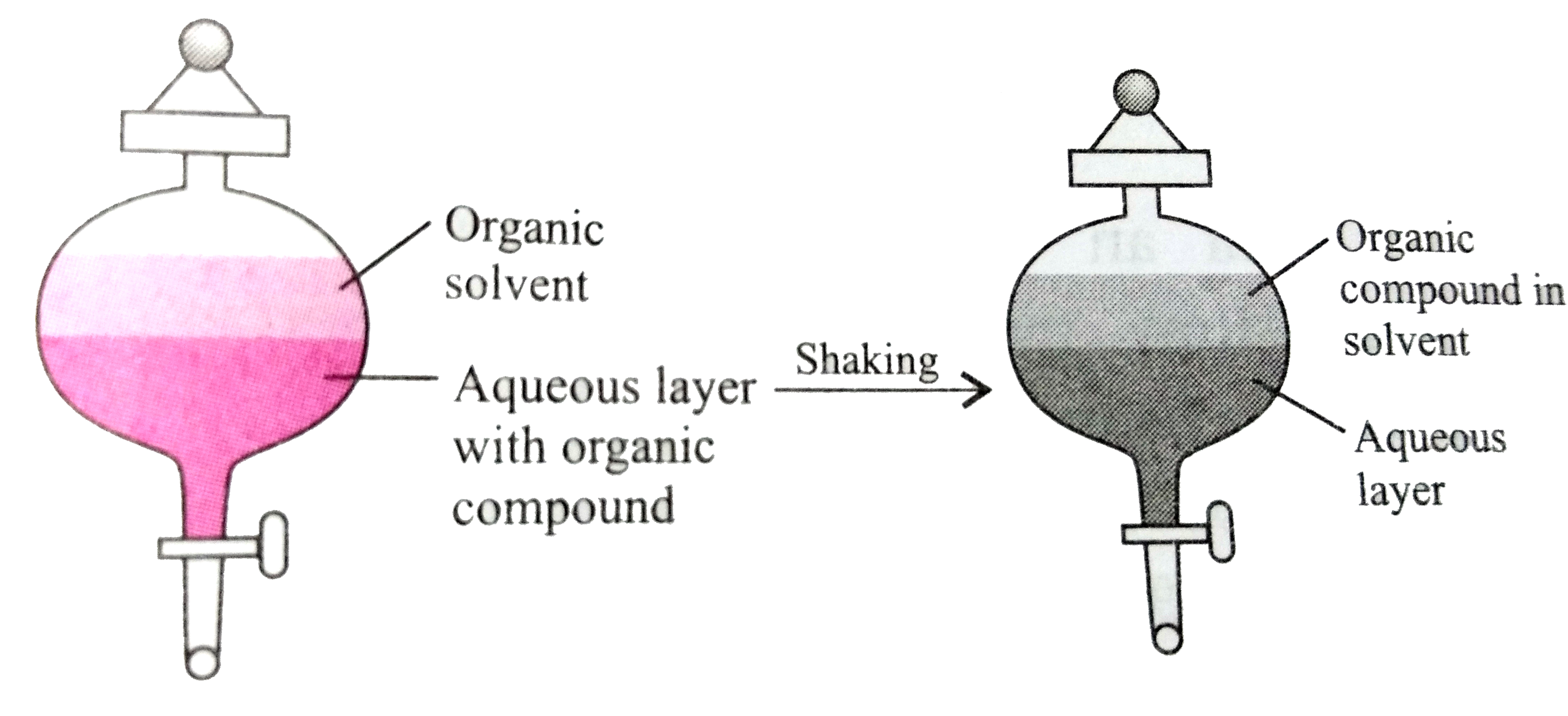TlI3 is an ionic compound. In the aqueous solution it provides -
Tl+ and I−3
Tl3+ and I−
Tl+,I− and I2
Tl+,I− and I2
The correct Answer is:A
To determine the ions provided by TlI₃ in aqueous solution, we need to analyze its dissociation.
1. Identify the Compound: The compound in question is thallium(I) iodide, TlI₃.
2. Dissociation in Aqueous Solution: When TlI₃ is dissolved in water, it dissociates into its constituent ions. The dissociation can be represented as:
TlI3→Tl++I−3
Here, TlI₃ breaks down into one thallium ion (Tl⁺) and one triiodide ion (I₃⁻).
3. Understanding Oxidation States: Thallium can exhibit two oxidation states: +1 and +3. However, in this case, TlI₃ specifically dissociates to form Tl⁺ (indicating the +1 oxidation state) and I₃⁻.
4. Reason for the +1 State: The preference for the +1 oxidation state over the +3 can be attributed to the inert pair effect. As we move down the group in the periodic table, the lower oxidation state (in this case, +1) becomes more stable due to the poor shielding effect of the d-electrons in heavier elements like thallium.
5. Conclusion: Therefore, in aqueous solution, TlI₃ provides the ions Tl⁺ and I₃⁻.
Final Answer:
The ions provided by TlI₃ in aqueous solution are:
- Tl⁺ (thallium ion)
- I₃⁻ (triiodide ion)
---
TlI3→Tl++I−3
Here, TlI₃ breaks down into one thallium ion (Tl⁺) and one triiodide ion (I₃⁻).
The ions provided by TlI₃ in aqueous solution are:
- Tl⁺ (thallium ion)
- I₃⁻ (triiodide ion)
Similar Questions
Knowledge Check
The aqueous solution of FeCl3 is
AacidicBalkalineCneutralDeither acidic or basic depending upon concentration.
A compound whose aqueous solution will have the highest pH
View SolutionWhich are ionic compounds?
View SolutionThe seqeunce of ionic mobility in the aqueous solution is
View SolutionThe sequence of ionic mobility in aqueous solutions is -
View SolutionSodium chloride is an ionic compound. Why?
View SolutionThe process of separation of an organic compound from its aqueous solution by shaking with a suitable solvent in termed solvent extraction or differential extraction.

The organic compound present in the aqueous layer moves to the organic solvent because
View SolutionAmongst the following, the total number of compounds whose aqueous solution turns red litmus paper blue is:
View Solution
